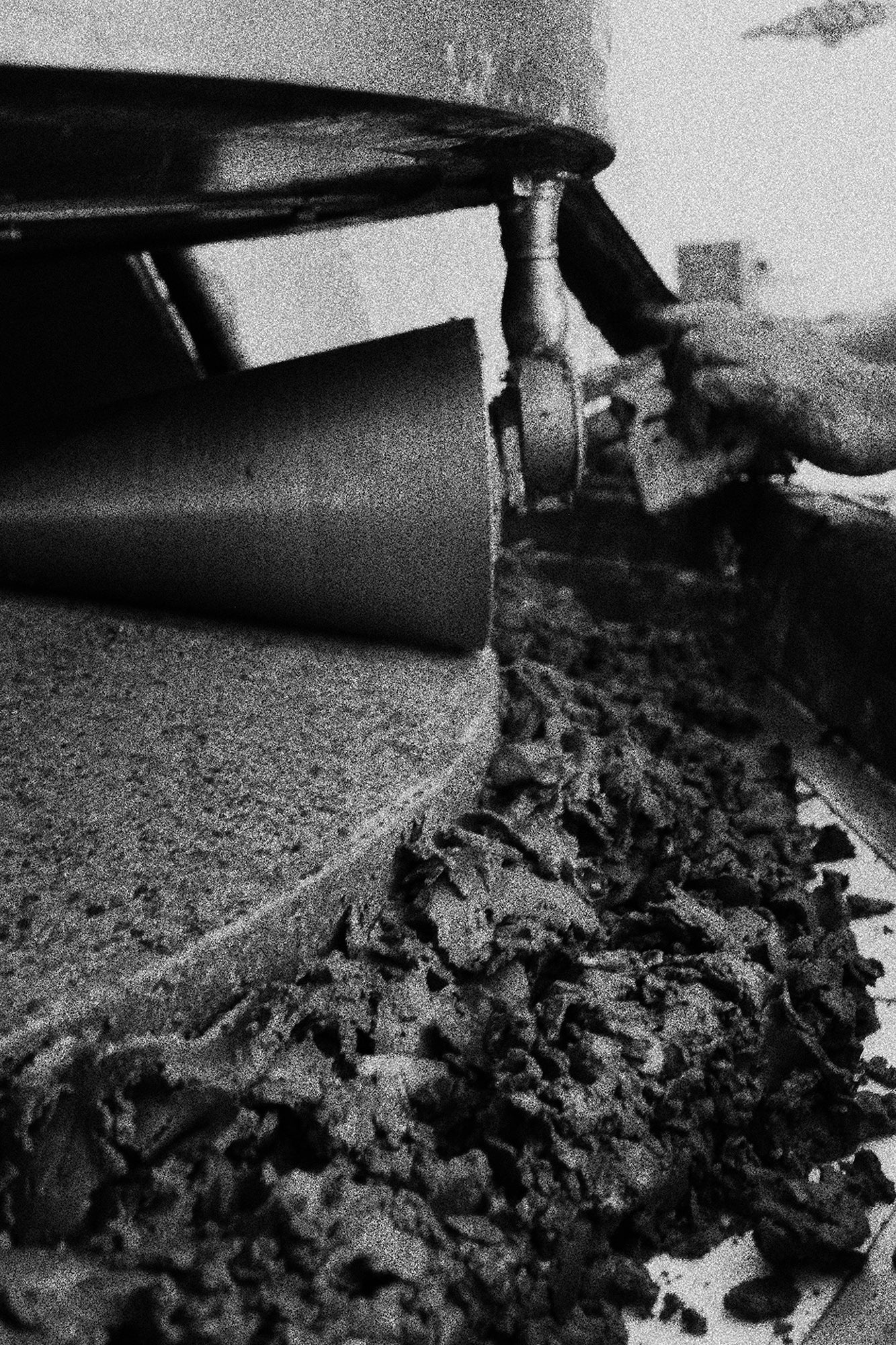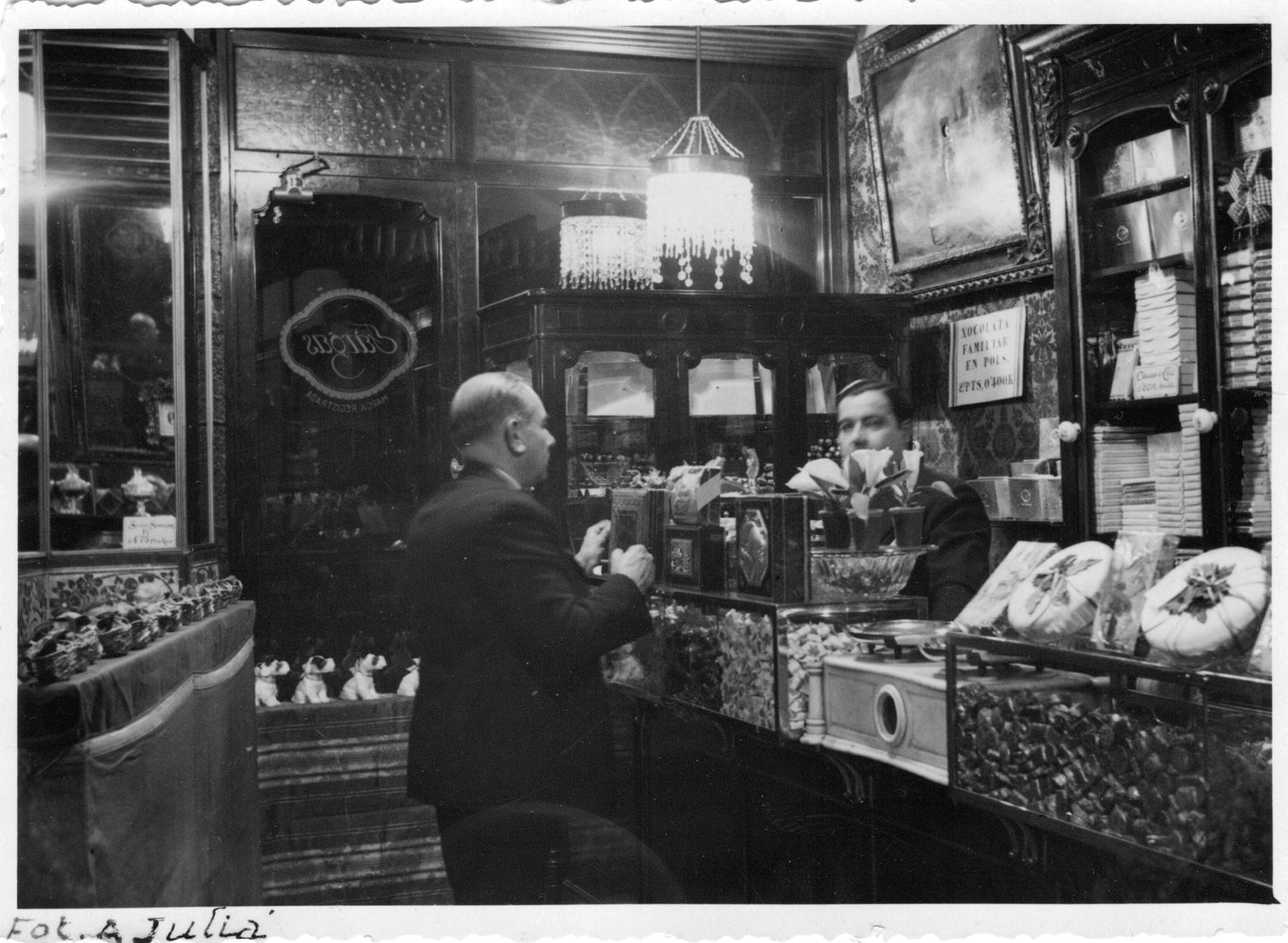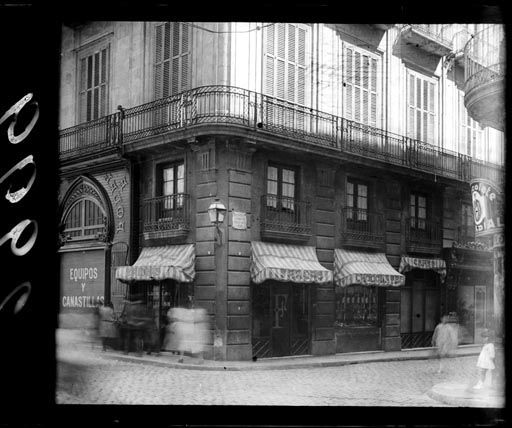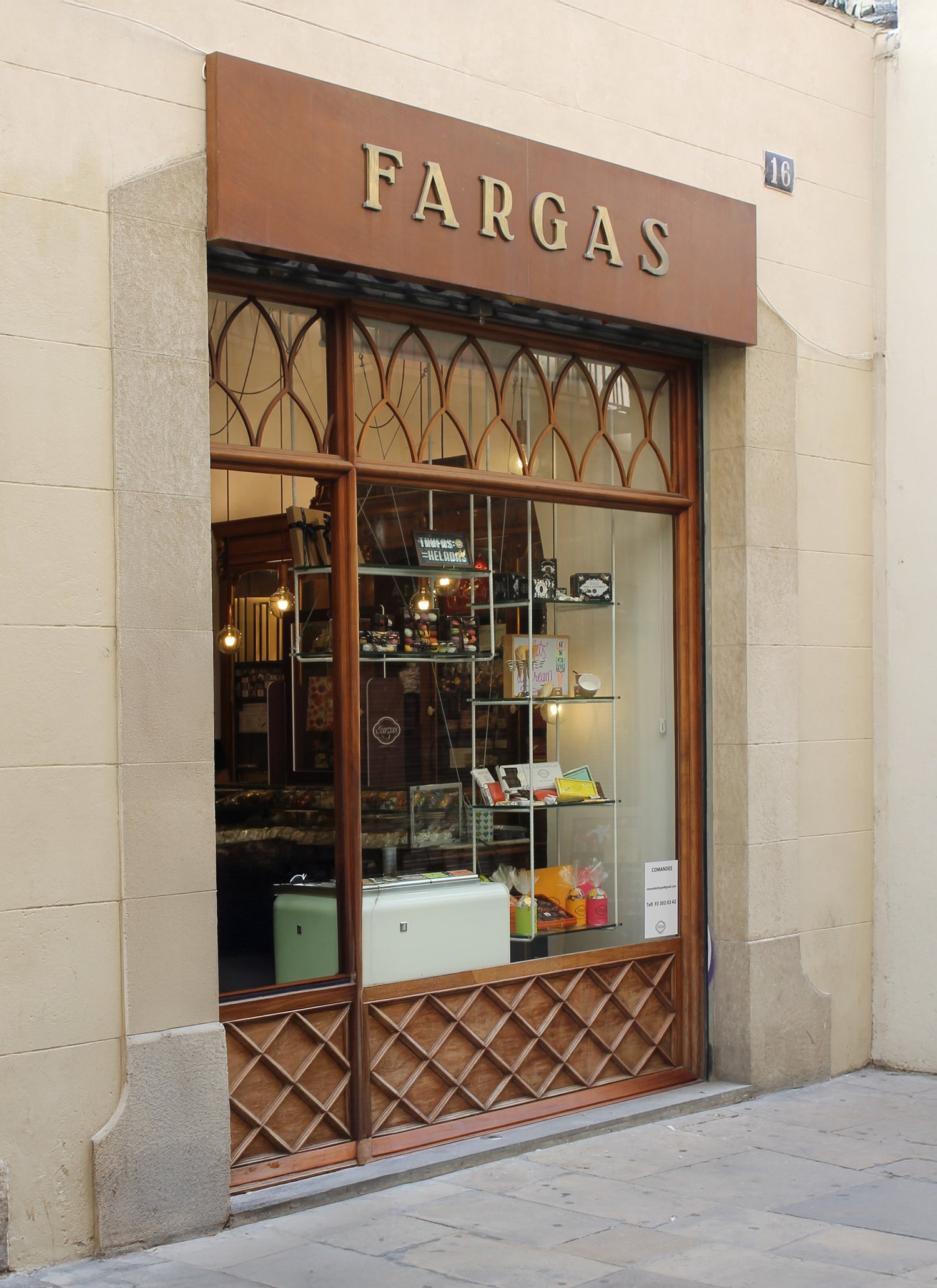
The Early Years (1827–1887)
Marqués del Chocolate
The first documented reference to the chocolatería is found in the Diario de Barcelona from May 12, 1827, where a master chocolatier is mentioned in the Plaza de Cucurulla.
Cristòfol Alsina Vendrell is listed as the owner of the chocolate shop. Known as the "Marquis of Chocolate," he was a man of energetic character who would arrive at the store riding a white horse. His authoritarian temperament caused a strike among his workers, which led him to acquire a stone mill to make stone-ground chocolate, powered by two horses from the basement of the store.

Fargas Family (1887–1941)
Josep and Carles Fargas
In 1887, Josep Fargas became the new owner of the chocolate shop. During his management, the business was established in the heart of the Gòtic.
His son, Carles Fargas i Bonell, took over the management in the 1920s.
Carles, in addition to managing the chocolate shop, was a pioneer of amateur photography in Catalonia, and a passionate enthusiast of culture and new European trends, leaving a valuable artistic and visual legacy of Barcelona life at the time. It was during his management that he renovated the store's decoration, with marble and carved glass doors, and with furniture such as the display case and the counter made of fine wood and gilding.

Fargas Family (1941–1985)
María Fargas Bosch
After the death of Carles Fargas in 1941, his father Josep, already advanced in age, named María Fargas Bosch, his wife's niece, as heir. María managed the store until her death in 1985. During her management, the artisanal tradition was maintained and the reputation of the chocolaterie in Barcelona was consolidated.

1985-2024
The Fargas legacy
After the death of María Fargas Bosch in 1985, the store passed into the hands of three trusted employees who had worked side by side with the family for years.
In 2016, due to urban development changes, the store was moved a few meters down from its original location, remaining in the historic Palau Castell de Pons on Calle del Pi. Despite the change of premises, every aspect was carefully preserved to maintain the soul of the original space: the exterior carpentry, the century-old furniture, and the emblematic stone mill were restored, which still operates today and is a symbol of Fargas' legacy.
A new location, a new stage; new generations take on the responsibility of continuing the project. Under their leadership, the chocolate shop has maintained its historical identity, reinforcing the commitment to quality, tradition, and artisanal work.
